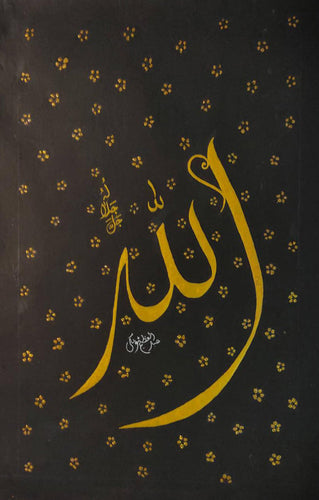 Calligraphy Artwork
Showing items 1-10 of 10.
Calligraphy Artwork
Showing items 1-10 of 10.




















